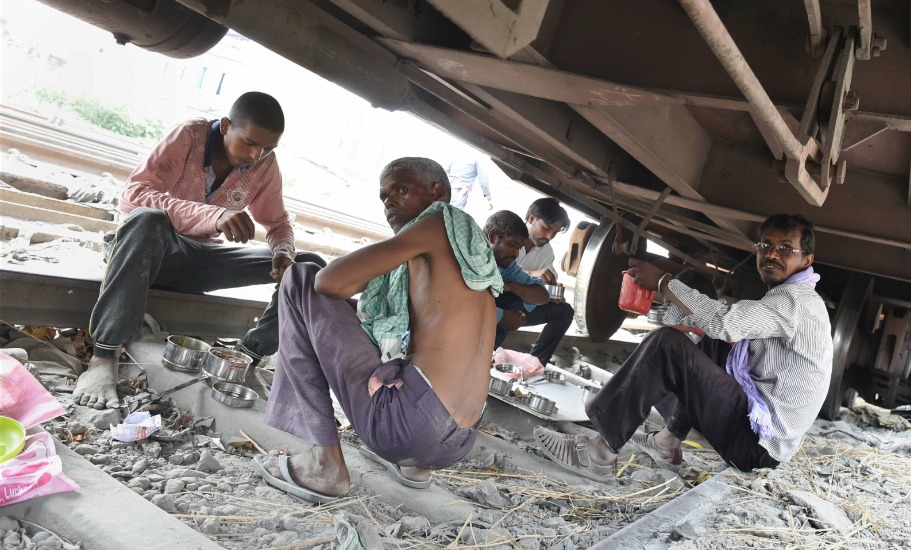
After a searing fortnight, some respite for NCR and North India

After more than a fortnight of searing heat and above normal temperatures, a weak Western Disturbance over the Himalayas has provided some respite in the plains of North India. In the National Capital, the temperature is predicted to remain below the 40-degree Celsius mark on Wednesday.
A small respite
The respite will continue till Friday, after which, with the withdrawal of the weather system, the temperature will begin to rise again. It will gradually increase to 42 degrees Celsius by Monday. No heatwave is predicted in the national capital for the next five to six days, the IMD said.
On Wednesday, Delhi’s Safdarjung Observatory, considered the official marker for the city, recorded a minimum temperature of 21.7 degrees Celsius. The Observatory had recorded a maximum temperature of 42.6 degrees Celsius on Monday, the highest in April in five years.
For the plains, a heatwave is declared when the maximum temperature is over 40 degrees Celsius and at least 4.5 degrees above normal. A severe heatwave is declared if the departure from normal temperature is more than 6.4 degrees, according to the IMD.
5 heatwave days
The capital has recorded five heatwave days so far in April this year. It had recorded six such days in April 2017, the IMD data showed. The capital recorded a maximum temperature of 43.2 degrees Celsius on April 21, 2017.
On Monday, the India Meteorological Department issued an ‘orange’ alert warning in Delhi. The IMD uses four colour codes for weather warnings — green (no action needed), yellow (watch and stay updated), orange (be prepared) and red (take action).
Skymet had predicted on Monday that a western disturbance was approaching Jammu & Kashmir and that mountainous states of North India will witness cloudy skies and scattered rain and thundershowers between April 12-14. Lightning strikes were also quite likely at a few places during this period, according to Skymet.


